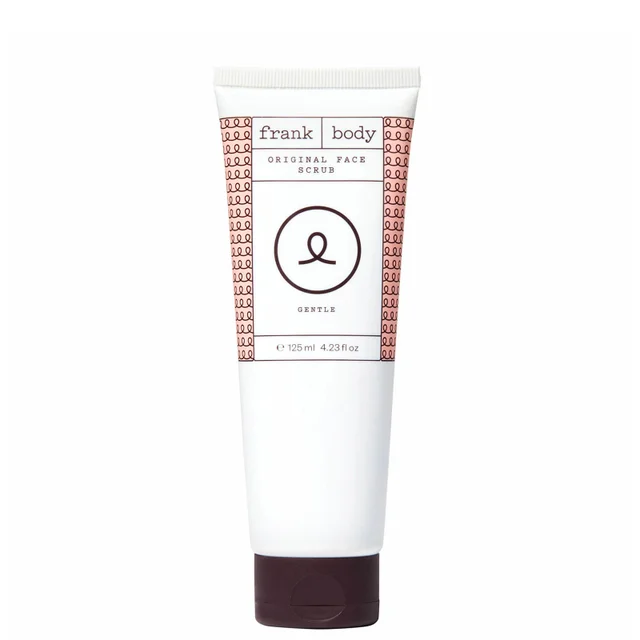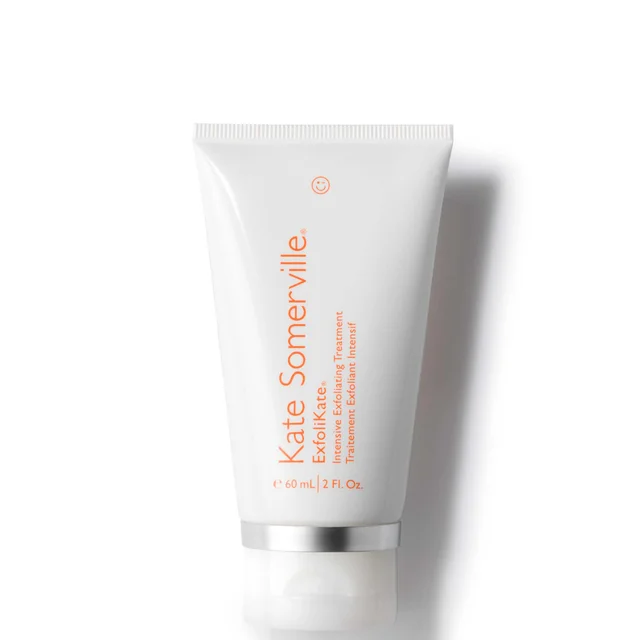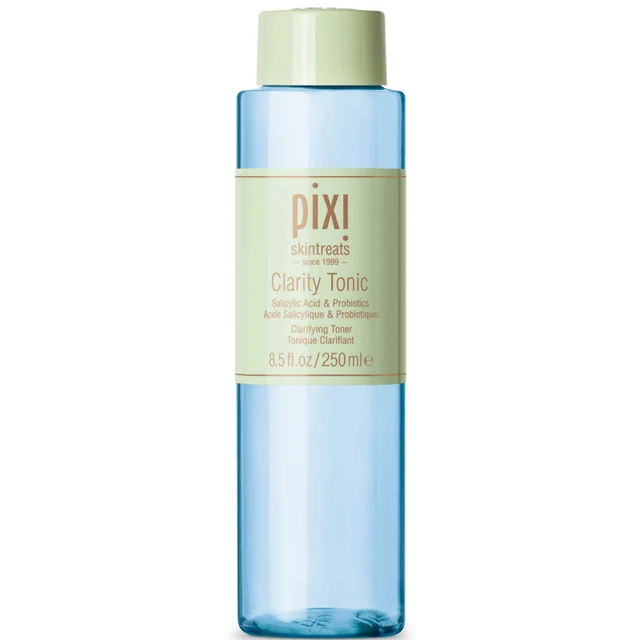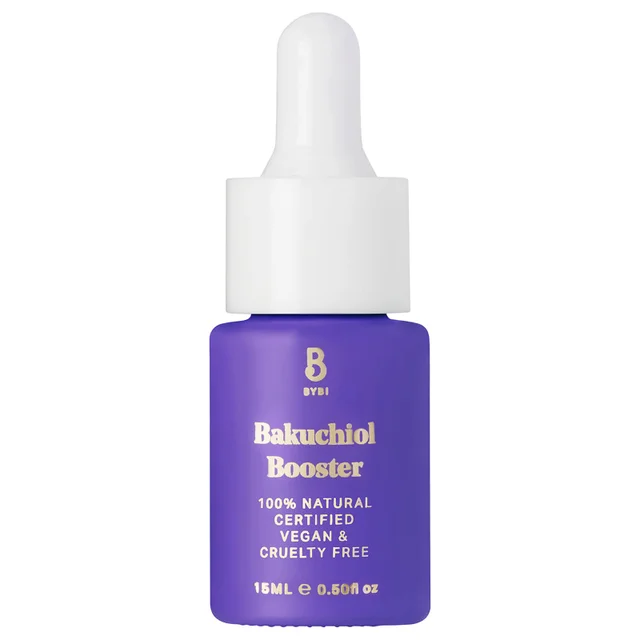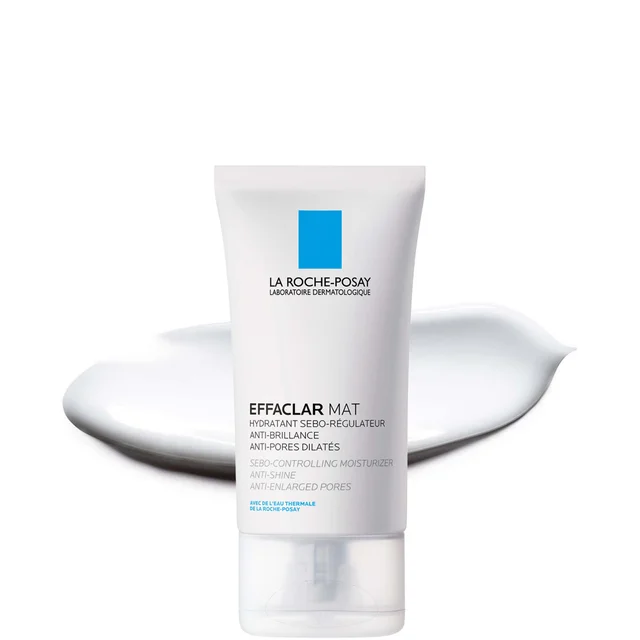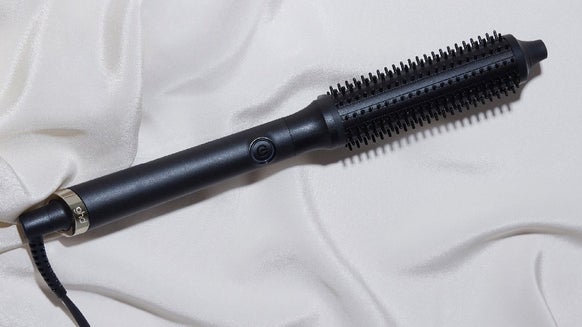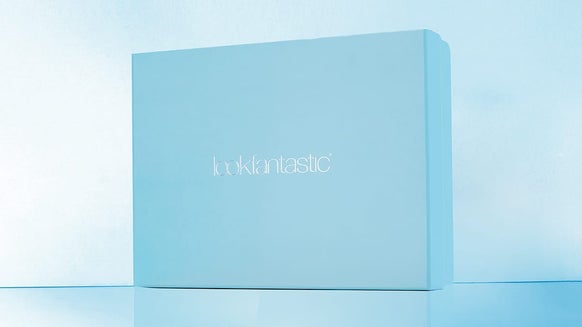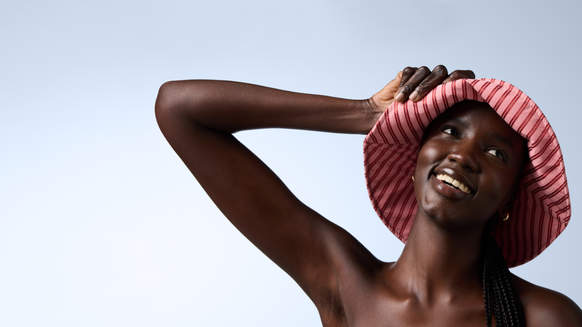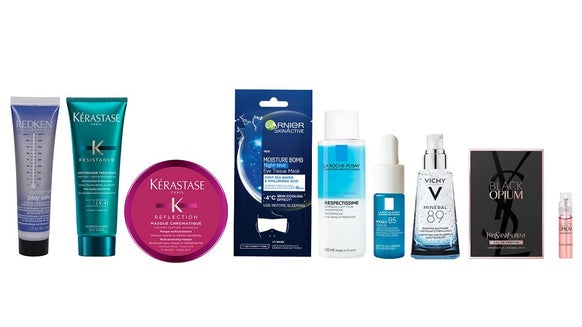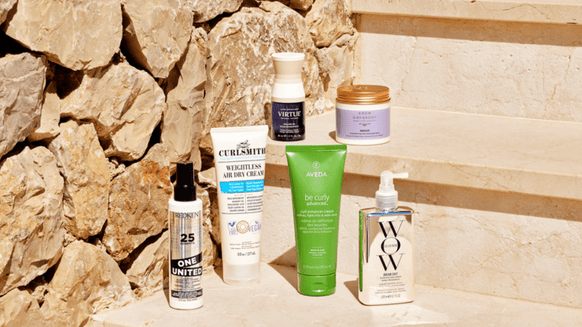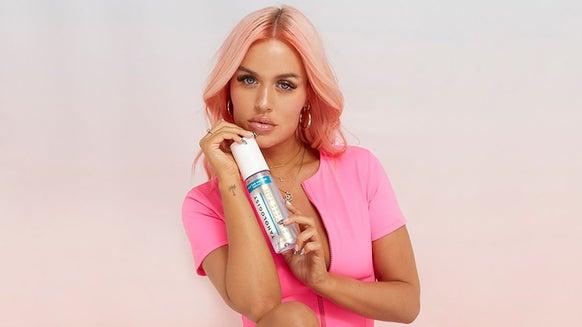What are blackheads and how to get rid of them
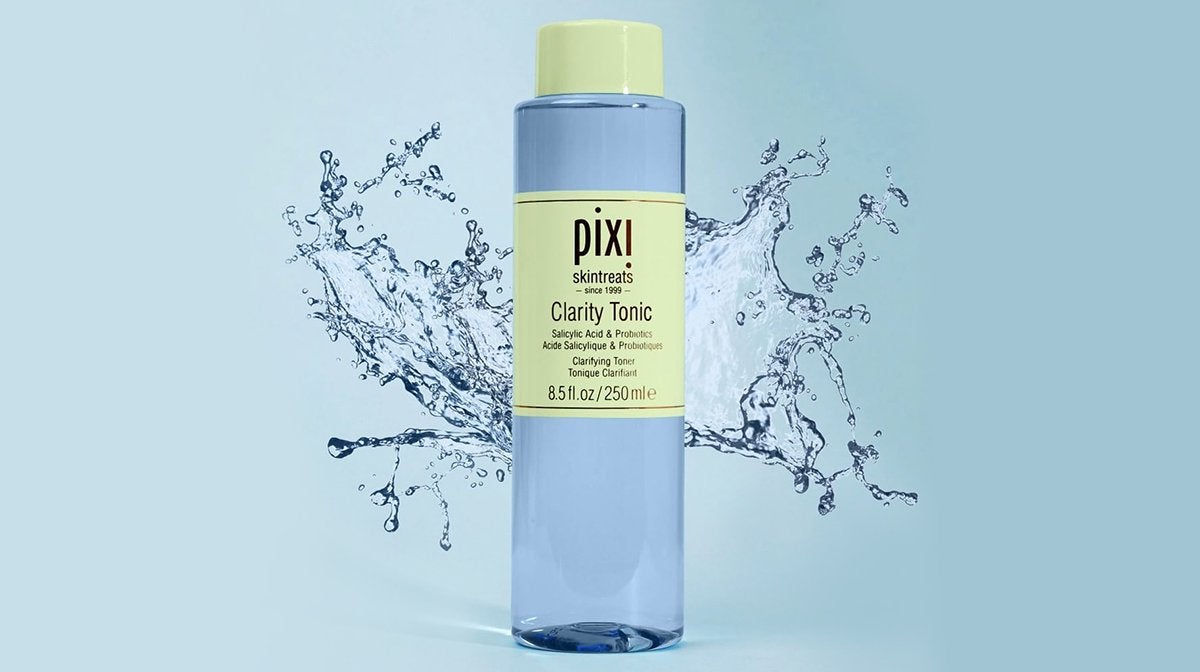
Not just a teenage problem, blackheads can pop up at any age and can be hard to budge if not done properly. Highlighting your pores and making the skin's texture bumpy, blackheads are something we all want gone instantly. We've put together the full guide of what blackheads actually are and what causes them so that you can clear your skin long-term.
What are blackheads?
As the name would suggest, blackheads are those small, dark bumps on the skin. A form of non-inflammatory acne, blackheads are most commonly found on the face (famously on the nose) where there are more oil glands, but can develop on other parts of the body.
What causes blackheads?
Blackheads arise when a hair follicle is clogged with dead skin or sebum (oil naturally produced by the skin). Unlike whiteheads and pustules, these blemishes appear darker due to the sebum mixing with oxygen before it’s trapped in the follicle, causing it to oxidise and become darker in colour. Other factors that can cause an increase in blackheads include:
- Makeup build up or not cleansing the skin properly
- Sweat
- Excess skincare or haircare products left on the skin
How to treat blackheads
Don’t squeeze
The golden rule when it comes to any form of blemishes; don't squeeze! Though tempting, squeezing your spots and blackheads can cause scarring and can even push the blackhead deeper into the pore making it hard to extract. Leave any physical extraction to the professionals to ensure it's done properly, no matter how tempting it may be.
Cleanse regularly
Cleansing morning and night helps to keep the skin clean from dirt and build up and removes any excess oil produced throughout the day or overnight, helping to prevent pores from becoming blocked. If this oil has already managed to make its way into your pores causing a blackhead, a cleanser containing Salicylic Acid will be your best friend. Not only does Salicylic Acid cleanse the skin, removing any dirt, makeup, build up and oil, but it also penetrates deep into the pores, shedding any dead skin cells and offering anti-bacterial properties that prevent bacterial acne from forming.

Why is Salicylic Acid good for the skin?
Discover why Salicylic Acid is the ultimate complexion clearer, along with when to use it and our top skincare picks for this wonder ingredient.
Exfoliate regularly
Using an exfoliator once or twice a week depending on your skin type helps to remove all dirt and dead skin from deep within the pores. Either use a physical exfoliant containing ingredients such as coffee or sugar that gentle scrub and lift out dirt from the pores, or try a chemical exfoliant such as glycolic acid to dissolve dirt. Not only will this help keep your skin clear and blackhead free, but it will also help to reveal a brighter and more even complexion, for that overall glowing look.
Use a toner
No matter what your skin type, a toner should always be used after cleansing to ensure that the pores are properly closed and clean. A toner helps to remove any stubborn left over dirt or oil after cleansing and balances the skin's pH levels to leave it prepped for your moisturiser or serum. Though there's a common misconception that toners are harsh formulas that dry out the skin, many modern toners are made with nourishing ingredients tailored to different skin types. For blackhead prone skin, opt for a toner containing Salicylic Acid or Glycolic Acid that will help reduce sebum production.
Use a chemical peel
Often used to brighten the appearance and help reduce dark spots, scarring and wrinkles, a chemical peel resurfaces the skin to completely transform the complexion. Often formulated using a mixture of both BHAs and AHAs, chemical peels shed the top layer of dead skin, clearing the pores and leaving you with a fresher, brighter visage. Often stronger than your usual exfoliators, chemical peels should only be used once a week to avoid irritation and always apply spf after to prevent sun damage.
Microdermabrasion
A type of physical exfoliation usually using fine crystals to polish the skin, Microdermabrasion helps to effectively unclog pores and clear dead skin cells to leave behind a brighter and more refined visage. This advanced technique can also help to reduce the appearance of pores as well as any scarring from past breakouts.

DIY Microdermabrasion at home
Follow this step by step guide to at home Microdermabrasion to smooth wrinkles, even the complexion and brighten your skin tone.
Use a retinoid
Also helpful for treating acne, retinoids help to increase cell turnover and can unclog pores. A real skin hero, retinoids encourage collagen production, boosting elasticity in the skin which keeps it looking youthful and wrinkle free but also helps to keep pores smaller and tighter, reducing oil production. Retinol can also clear pores and reveals a fresher layer of skin which allows any targeted skincare products to work more effectively. If you have sensitive skin, try Bakuchiol rather than a retinol based serum. This naturally derived alternative is more gentle on the skin, avoiding irritation.
Stick to oil free products
Makeup and skincare product build up can contribute to blackheads amongst other blemishes, especially if not properly removed. To avoid this happening, use non-comedogenic products that are oil free and won't clog the pores. Bridging the gap between skincare and makeup, many primers, foundations and concealers are formulated to be oil free and suitable for blemish prone skin.
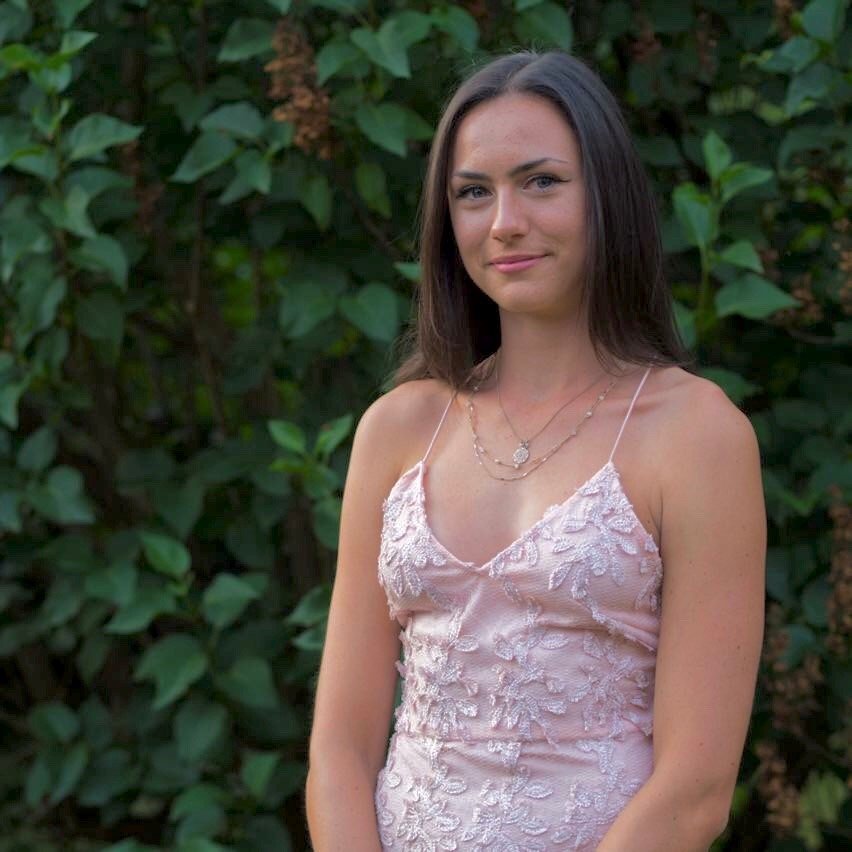
Working with brands at LOOKFANTASTIC for over two years I have developed my knowledge of all things beauty from key skincare concerns to niche makeup tricks and haircare hacks. I have a major passion for finding effective solutions that are easily accessible to everyone so that we can all achieve our best, glowing complexion.

